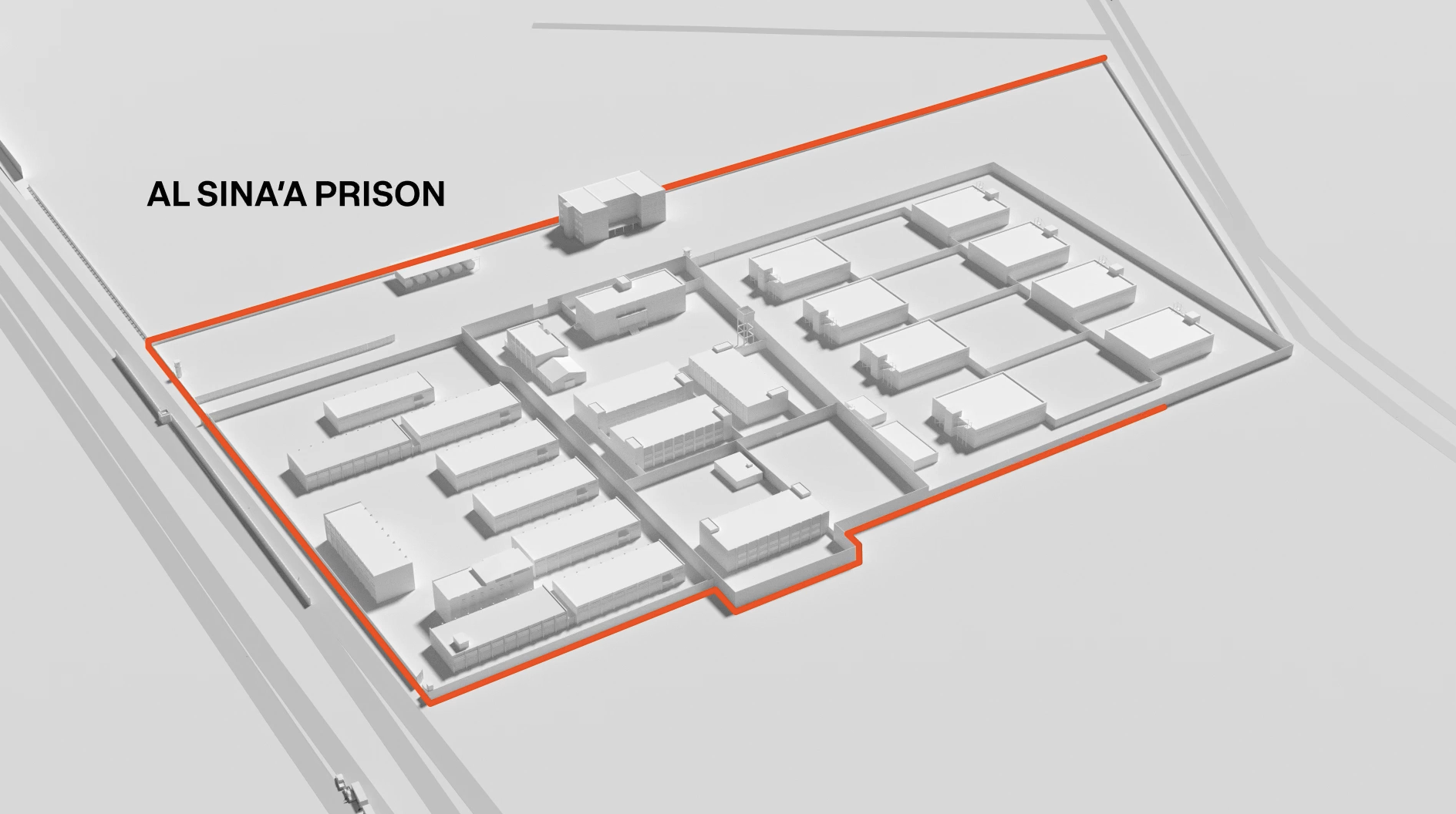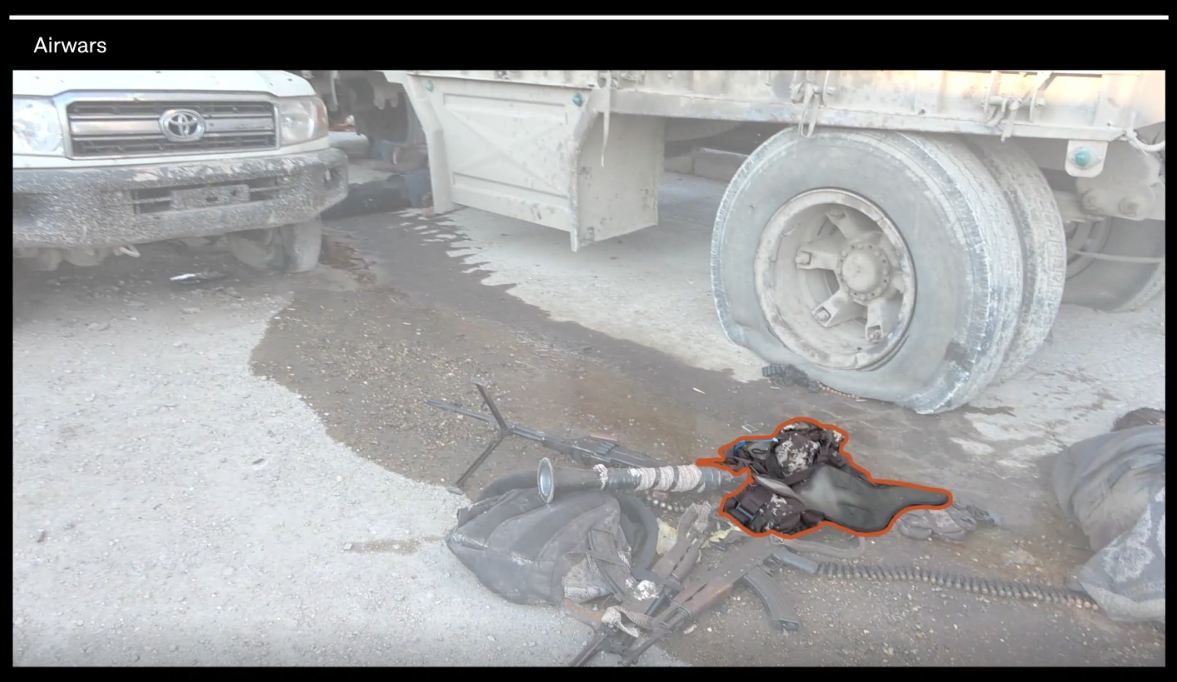New action plan contains positive steps - the focus now is on implementation and renewed efforts to ensure past cases are not forgotten.
Airwars joins our civil society partners in welcoming the publication of the much awaited Civilian Harm Mitigation and Response Action Plan (CHMR-AP), released yesterday by the US Department of Defense.
The CHMR-AP reflects a years-long process of sustained pressure by individuals, civil society, journalists, activists and legislators to challenge the way the US military conducts itself in the battlefield, and force the Department of Defense to review practices that have had deadly outcomes for civilians across the globe – from the battles of Mosul and Raqqa in the war against ISIS, to the botched Kabul strike last year.
In response to this sustained pressure, catalysed by a series of Pulitzer-winning New York Times articles exposing serious concerns with US military practices in January 2022, Secretary of Defense Lloyd J. Austin III issued a memorandum calling for the creation of the CHMR-AP. Austin called for the CHMR-AP to set up a process for the establishment of a new centre of excellence, and a framework for standardising civilian harm reporting, investigation and mitigation.
The 46-page document is an unprecedented move toward transparency, and was put together following a series of key engagements with civil society actors and independent specialists. Presenting a far reaching future-looking agenda, it is applicable to the ‘full spectrum of conflict’ – from current operations, large and small, to any future situations of high-intensity conflict.
Covering 11 distinct objectives – ranging from actions to reduce confirmation bias to implementation of a new data management system; each with a proposed set of phased actions and associated resource plan, the CHMR-AP presents an ambitious set of actions that, if implemented appropriately, could present a radical departure from existing policy in some areas. It sets a strong precedent for future US military action – and, importantly, an example for allies to follow.
Read the DoD factsheet here and the full action plan here.
Why is the CHMR-AP so important?
While the action plan itself is focused on reviewing and reforming the US’ policies on civilian harm mitigation and tracking, it should also have significant implications for the partners that support the US in modern conflicts, such as the UK, France, Netherlands, Belgium, and others. As it stands, US allies have been shown to have limited oversight, transparency, or accountability for civilian harm from their own actions. The UK, for instance, admits to only a single civilian casualty from its 8 years of support to the anti-ISIS coalition in Iraq and Syria, in which the UK has been second only to the US in the number of munitions dropped in some battlefields. Airwars’ estimates of civilians killed by this coalition could be well over 8,000.
Over the last few years, Airwars and our civil society partners have advocated with several of these states to review and improve national approaches and policies to civilian harm mitigation; yet, while some states have taken on such reviews, none have been as far-reaching or ambitious as the CHMR-AP.
Beyond these national processes to improve approaches to civilian harm mitigation, the CHMR-AP also comes out in the context of a new international agreement on the use of explosive weapons in populated areas, due to be signed by the US and key allies in October this year. The CHMR-AP’s introduction of the term ‘civilian environment’ presents a broad understanding of civilian harm – with reference to the need to understand population density, urban systems and the ‘the interconnected relationships between the civilian population, natural resources, infrastructure, and essential services’. This is an important move towards acknowledging the long-term consequences of military action on civilians caught in conflict.
What does this mean for civilians harmed by the US in past actions?
Perhaps the biggest gap in the CHMR-AP is that it includes no reference to reviewing past cases of alleged civilian harm; including addressing the 37 cases that are still open pending assessment for civilian harm claims made against the US-led Coalition in the war against ISIS.
According to Airwars’ archive, the likely death toll resulting from the actions of the US-led Coalition’s actions in the war against ISIS alone could be at least 8,192 and as many as 13,247 civilians. The US has conceded causing overall at least 1,417 civilian fatalities – but has rejected 2,674 harm claims. These rejected cases could account for thousands of casualties.
Total estimates for the last twenty years of US actions reach as many as 48,308 civilian deaths – with over 90,000 declared strikes across seven major conflict zones throughout the so-called ‘forever wars’.
Key questions therefore remain unanswered: will the remaining open cases be reviewed? Will they be reviewed with this new policy in mind? How might the new policy change the outcome of those investigations? And if these open cases are reviewed in line with new policies – what does that mean for the cases that have previously been rejected as ‘non-credible’ under a system that has now been widely acknowledged to have been in need of reform?
Looking back at past cases has significant implications for commitments to amends processes – a section outlined as an objective in the CHMR-AP, although with no mention of how the new action plan would affect outstanding claims or clear detail on implementation of future processes.
What should we be looking out for now?
The implementation of the CHMR-AP will be key. While the action plan outlines a comprehensive set of actions and resource plans, it is yet to be determined the extent to which the policy will be implemented effectively and with continued consultation with independent voices. This is particularly important as US actions are on-going across the globe – Airwars has recorded an uptick in strikes in Somalia since Biden announced his decision to redeploy troops in May this year, while a new set of strikes were announced in Syria on Iran-backed militants just as the CHMR-AP was released.
Additionally, as noted by Human Rights Watch Washington Director Sarah Yager in a comment to CNN, the staffing and resources required must be arranged as soon as possible in order to ensure that “the principles and values behind doing this are deeply embedded in the Pentagon”, before any significant leadership change in the US administration, which could delay or even derail current plans for improvements.
Allies of the US should also take notice – and take action. Particularly with key sections of the CHMR-AP including reference to the application of the new action plan to multinational operations, US allies will have to review their own practices.
Several crucial points in the action plan are also still lacking clarity, and it will likely be some time before the full extent of the policy has been reviewed in its entirety by experts. Airwars is coordinating closely with our civil society partners in the US to ensure a comprehensive and thorough review of the proposed action plan, in order to ensure appropriate oversight and support from civil society as the action plan enters into the next phase of implementation.



